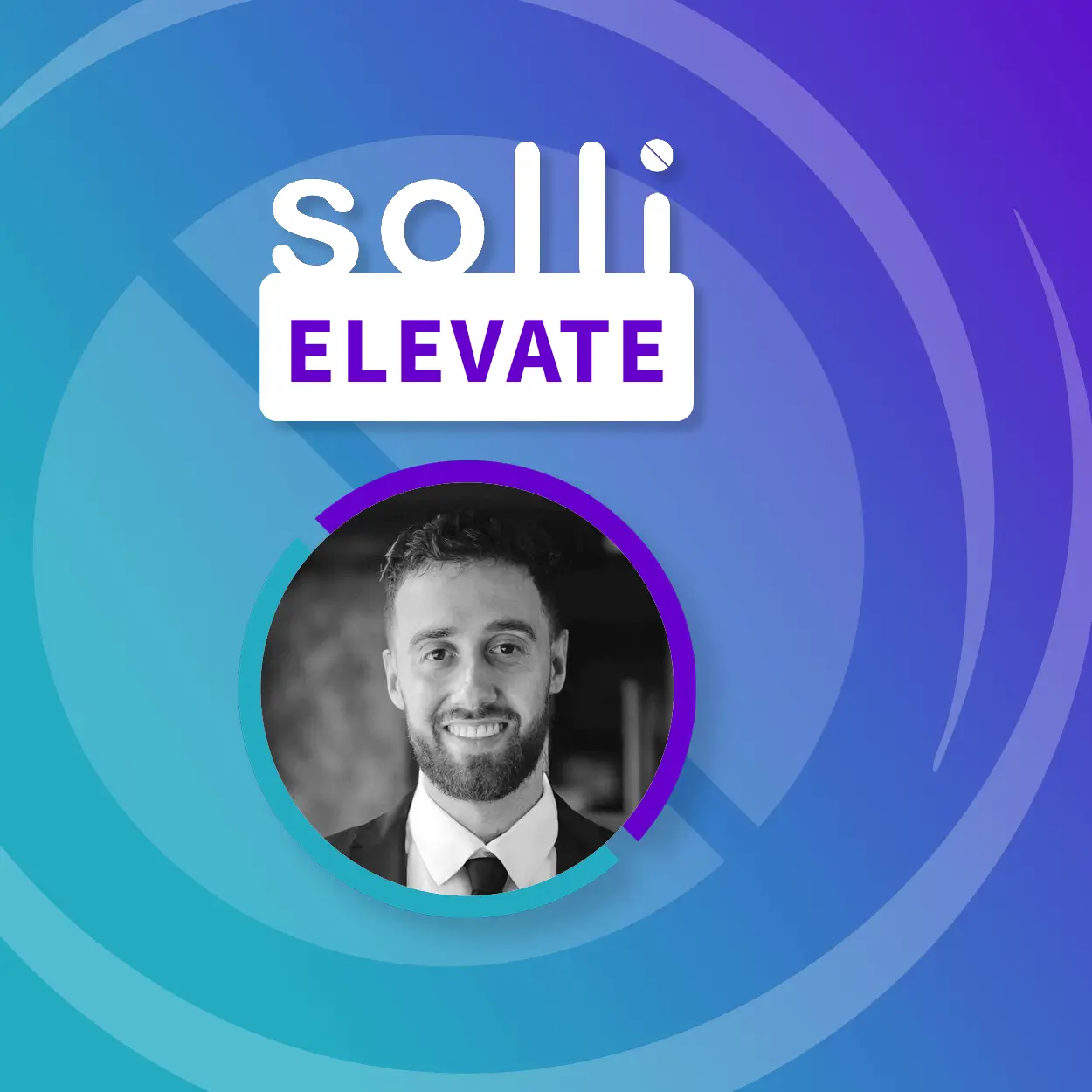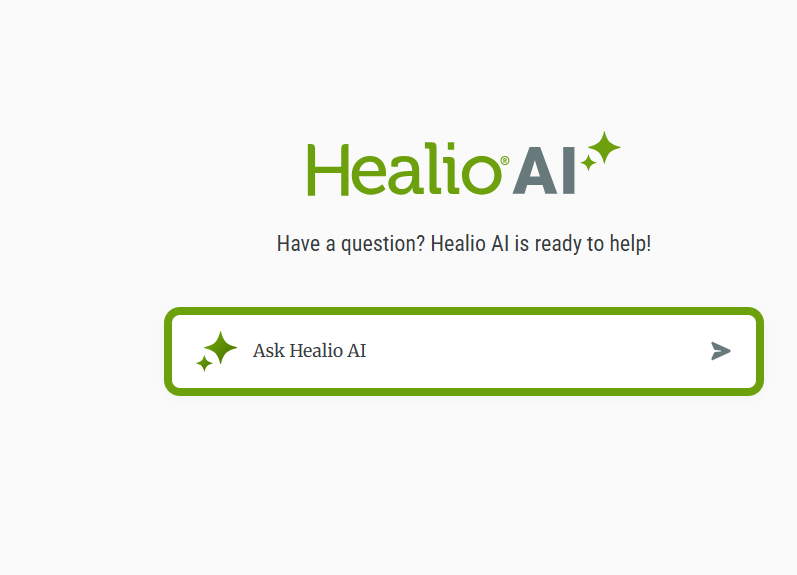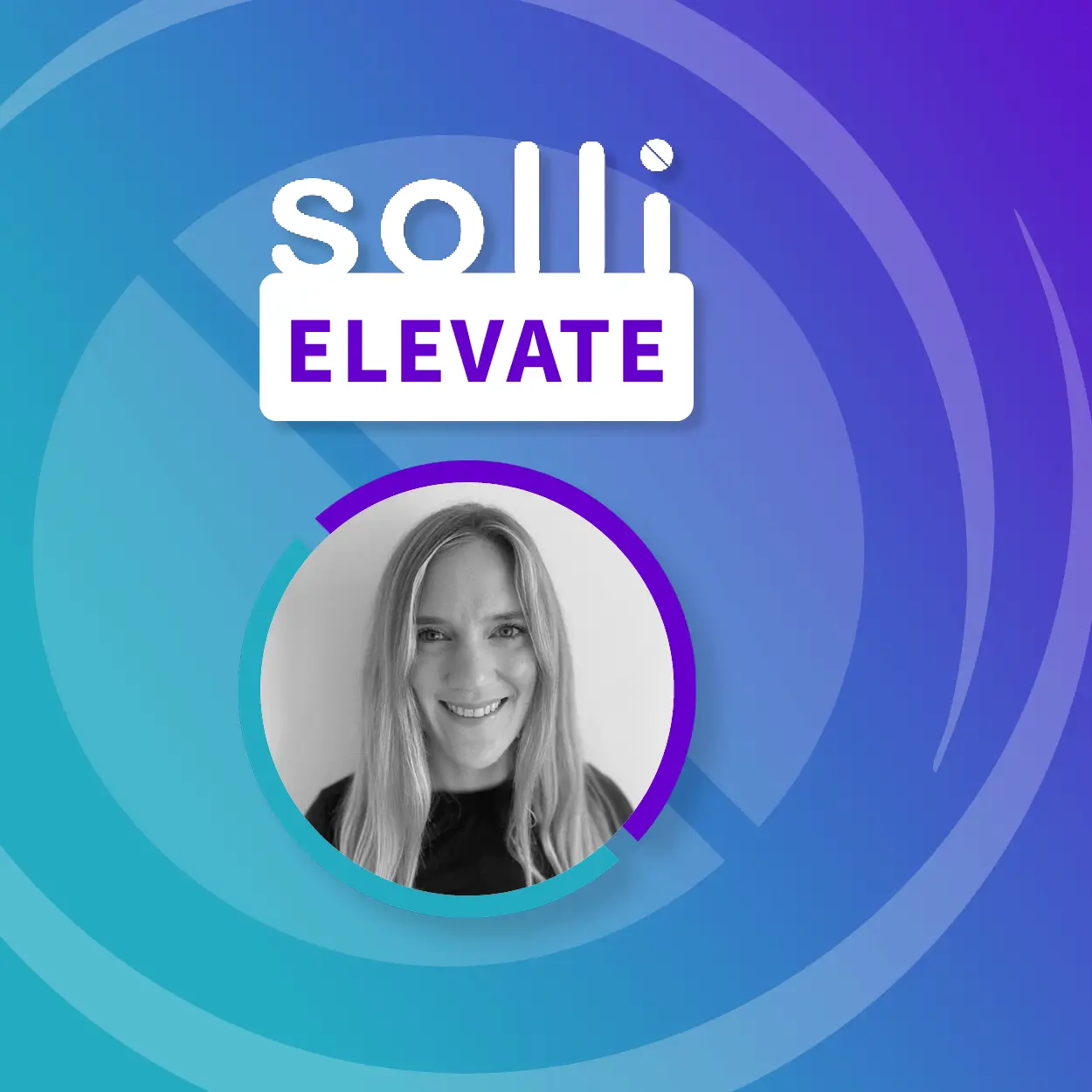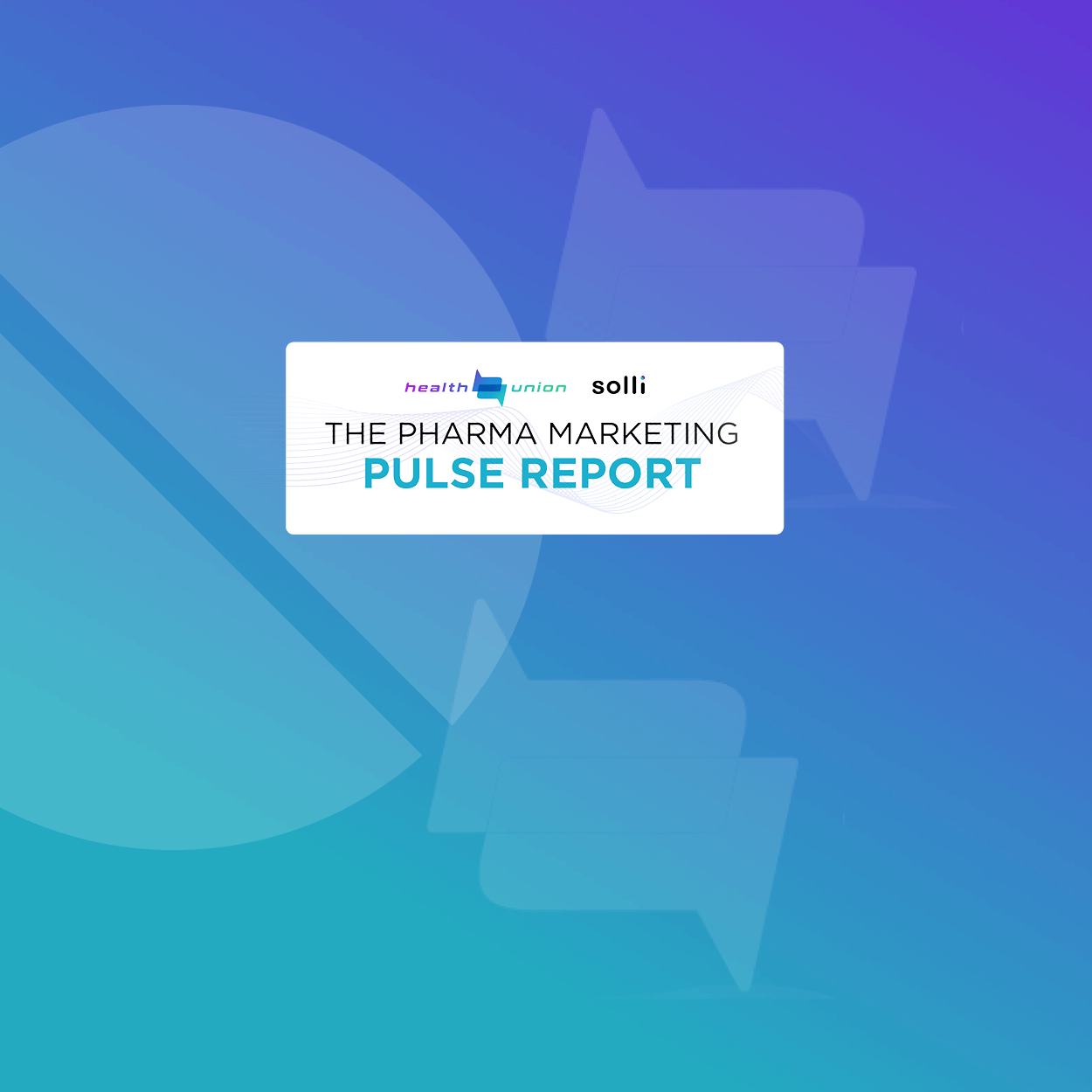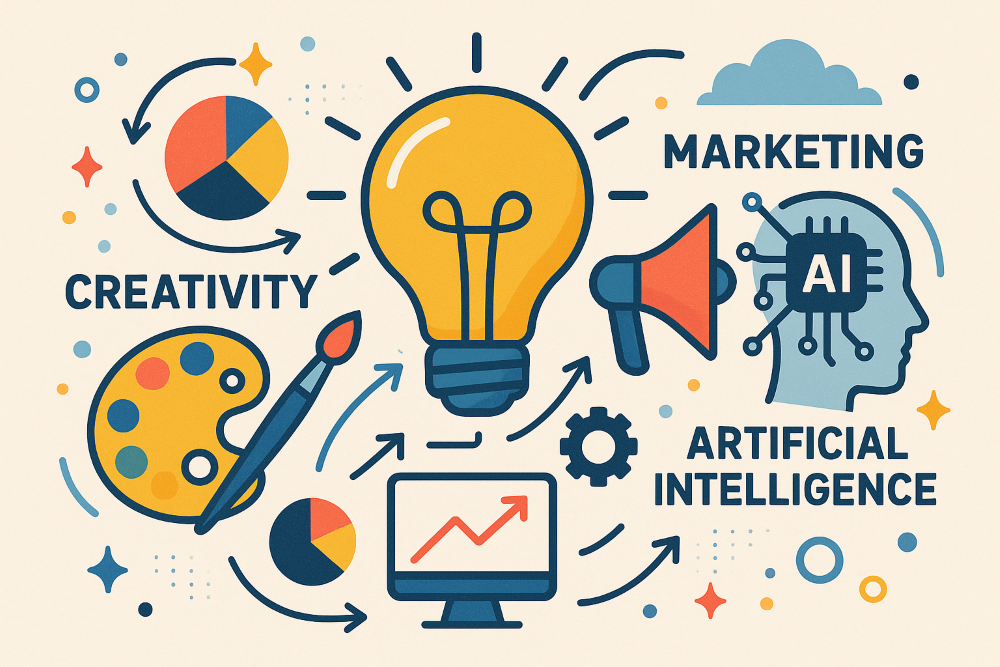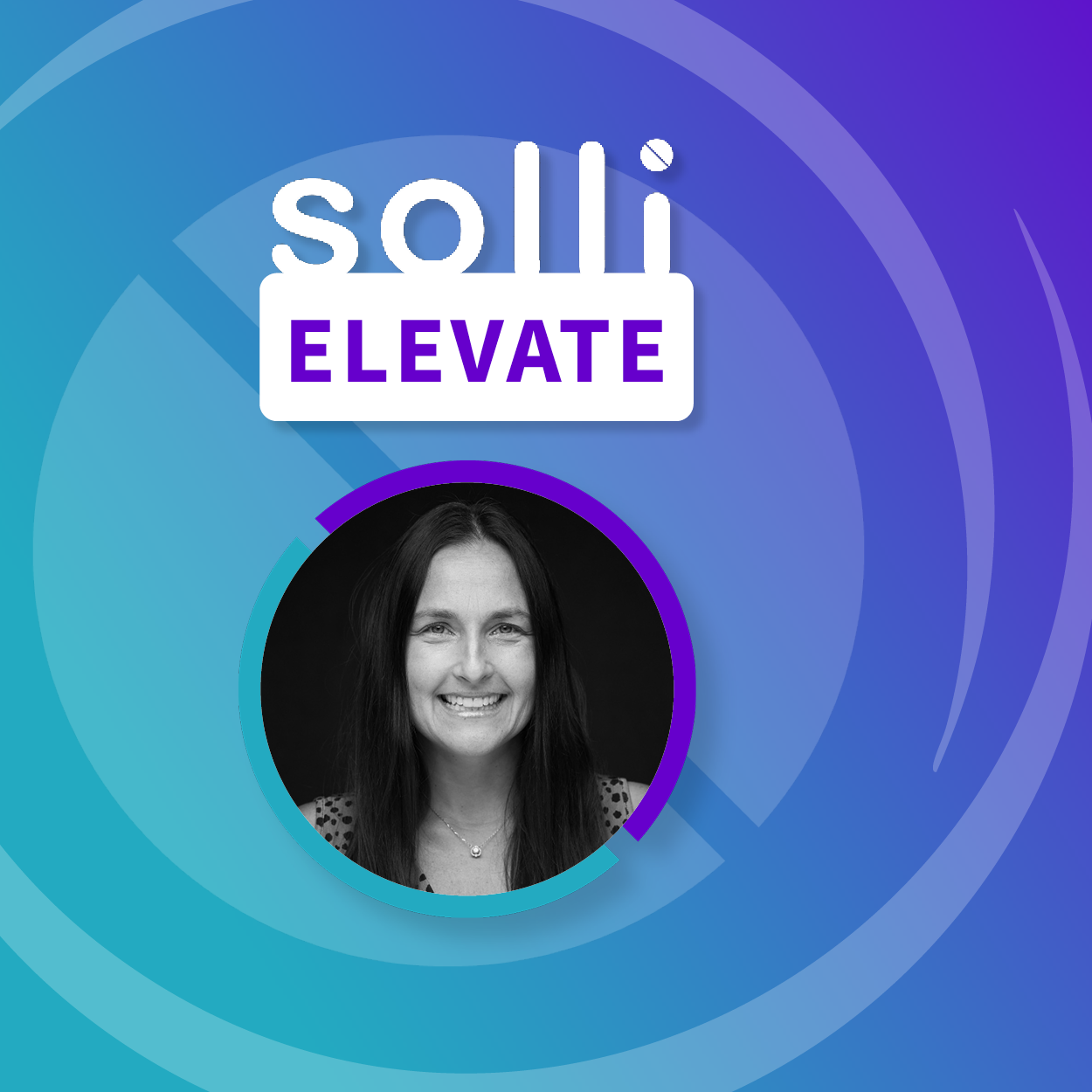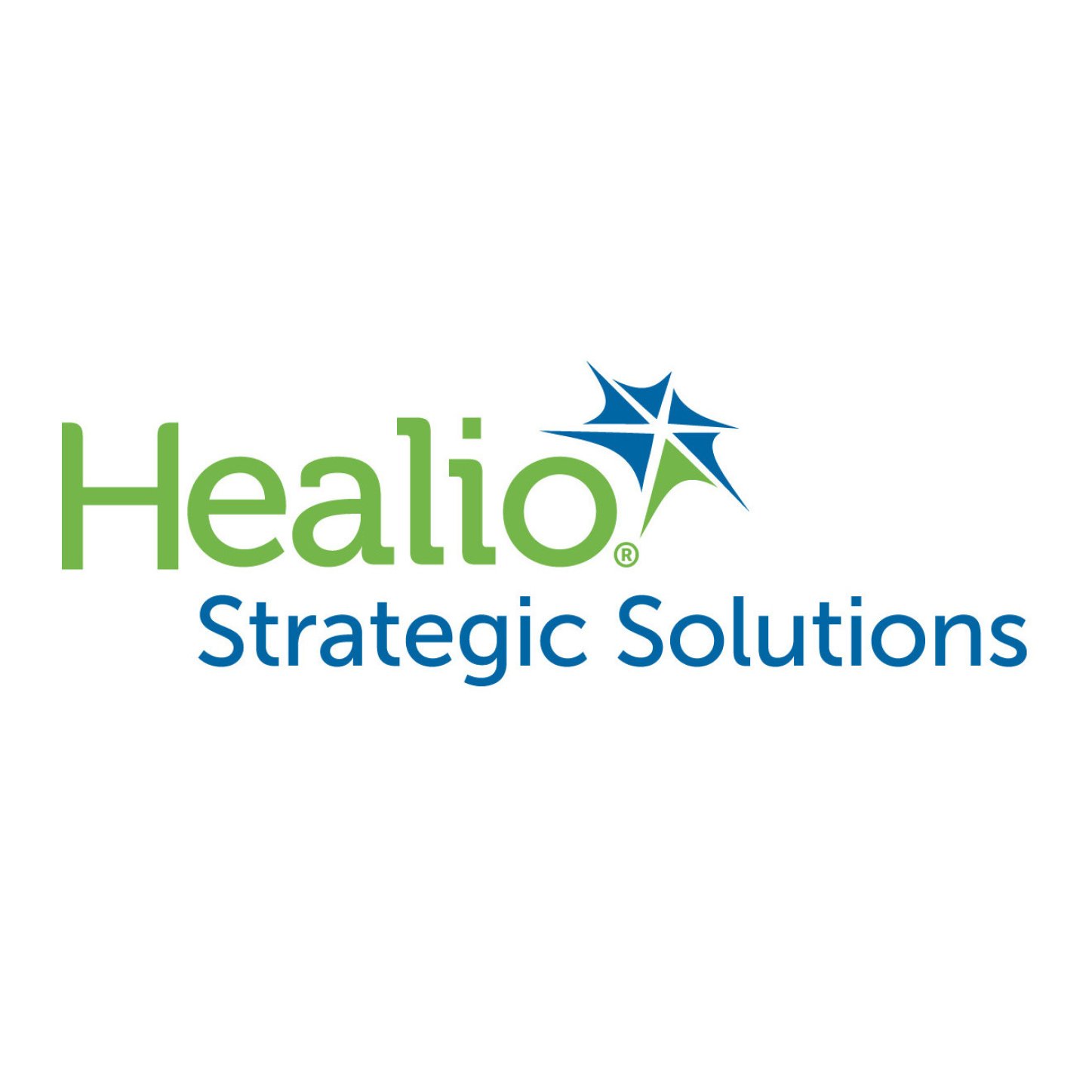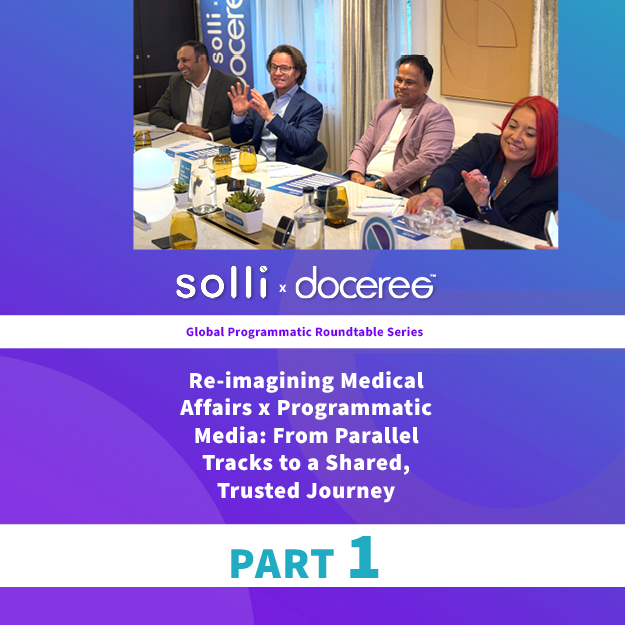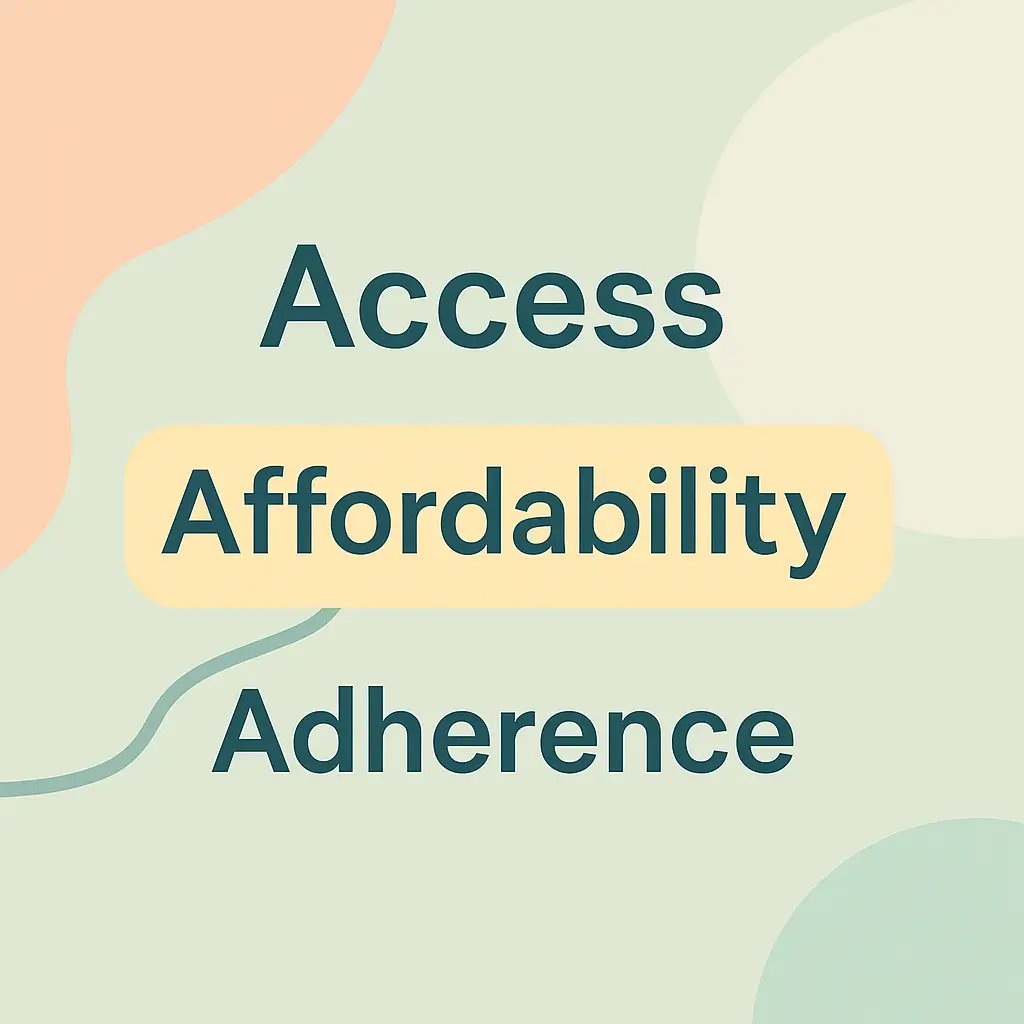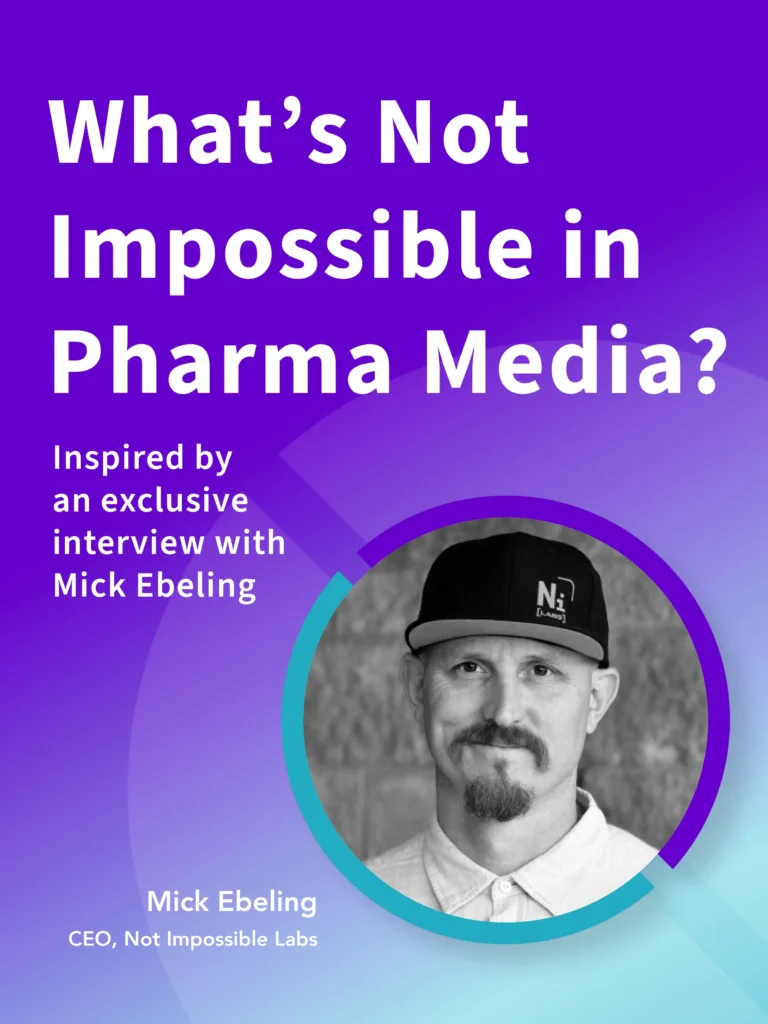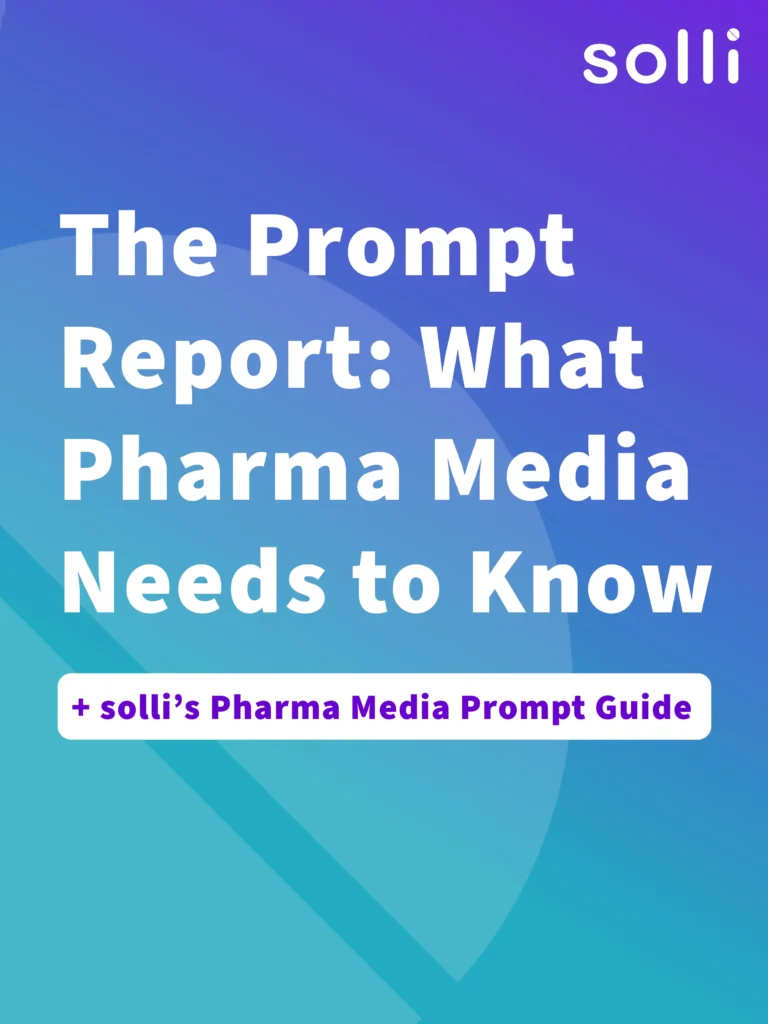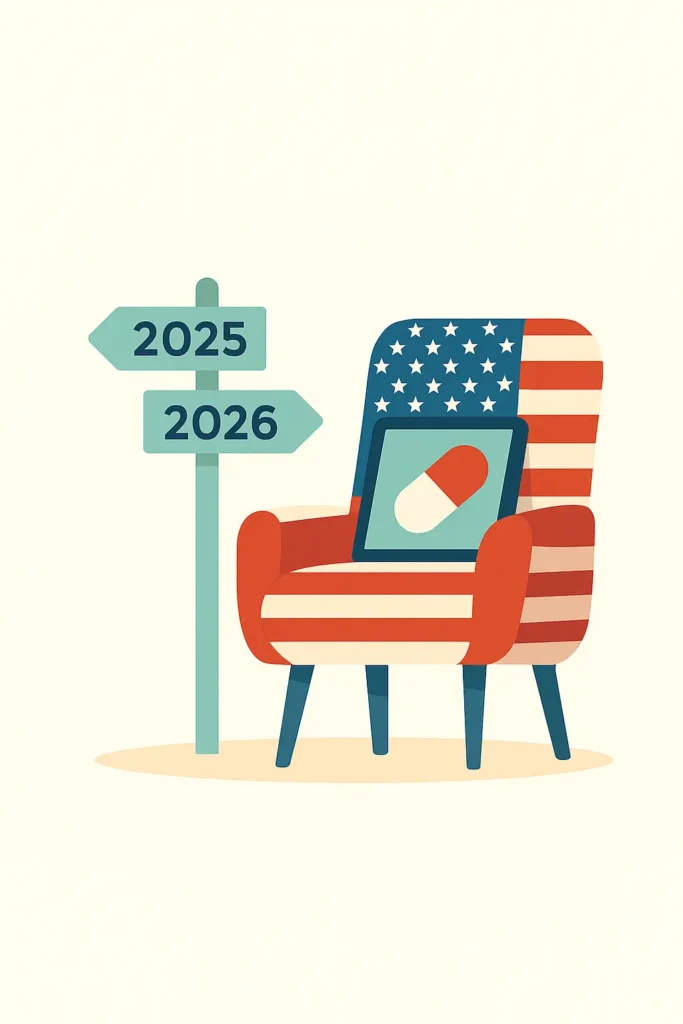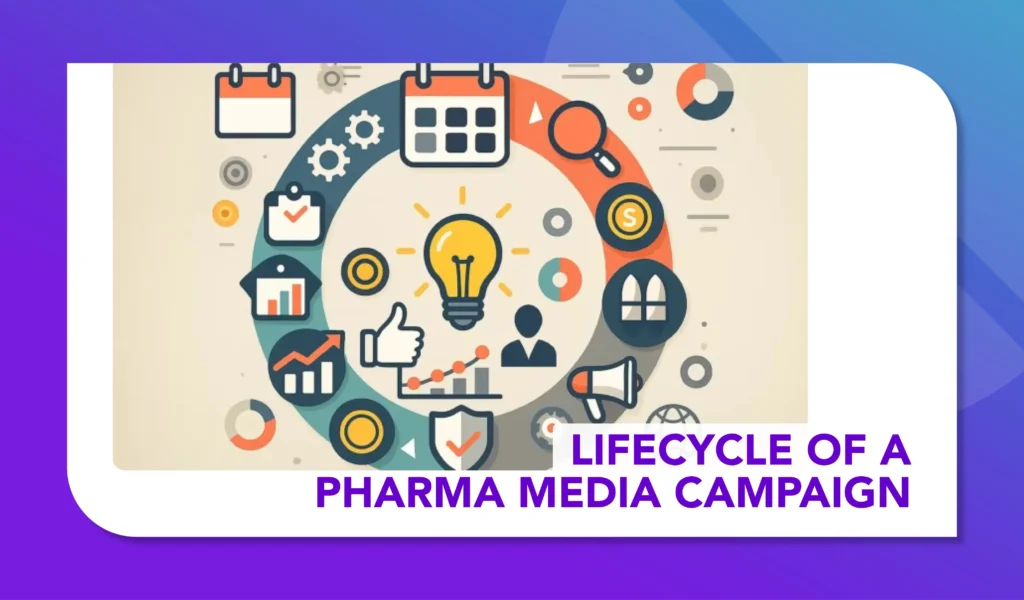Is AI Crawling Your Pharma Website?
How to Check and Why It Matters

As Search Engine Optimisation evolves, pharmaceutical and healthcare companies must stay ahead of new, dynamic technologies, to ensure their online presence remains competitive. The recent shift in search engine dominance, with Google’s market share seeing its largest decline in a decade, signals a clear decentralisation in search.
With AI-driven platforms like ChatGPT, Perplexity AI, and SearchGPT gaining traction, it is essential for pharma companies to ensure their websites are accessible to these AI tools. This accessibility is critical for maximising search visibility, improving patient and healthcare engagement, and ensuring accurate medical information dissemination.
Why Pharma Companies Should Care About AI Crawling
AI-powered search engines and chatbots are increasingly being used by patients, healthcare professionals, and researchers to find medical information. If your pharmaceutical website is not being crawled by these AI bots, you risk missing out on significant search traffic and visibility. Ensuring AI accessibility means your content – whether it’s drug information, clinical trial updates, patient education materials, or regulatory guidance – can be surfaced in AI-driven responses.
How to Determine If AI is Crawling Your Pharma Website
Understanding whether AI bots are accessing your website is crucial for online visibility and HCP / patient reach. There are multiple ways in which you can check your website’s AI crawlability, two of which are detailed...
Sign up for full access – it’s 100% free!
Create your FREE account to continue reading and explore more expert insights on Pharma Media.
✅ Free. Fast. No commitment.

